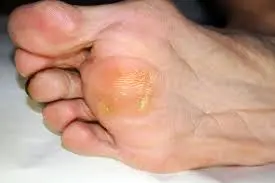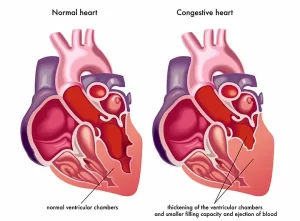In Pandemic Times, Life Is GOLD
By Gabriela Calvi – Epidemiologist| Infectious Diseases Specialist| Podcaster “Good Morning Health”
With the advent of COVID-19 vaccines, faster immunity is expected. What exactly is herd immunity? Will you have any guarantees? Is it an epidemiologically feasible strategy?
Herd immunity occurs when there are enough immunologically protected individuals to keep the virus from advancing. The theory of herd immunity explains, that when an infected person spreads viruses, they cannot infect immune individuals and therefore ends up disappearing before reaching susceptible individuals.
As it would be in the case of the girl Maria. A typical 8-year-old girl. He takes piano lessons, gymnastics, plays football, likes to swim and fights with his brothers. But Maria has something that most 8-year-olds don’t have: another child’s heart. She was born with a severe heart defect and had to receive a transplant a few days after her birth. Because Mary’s new heart doesn’t really belong to her, her body would reject it if she didn’t take special medications.
These medications suppress your immune system. That’s why you can’t get live virus vaccines like measles, mumps, rubella or chickenpox. Consequently, Mary is not immune to these diseases. She has to rely on the immunity of the people around her to protect herself. If one of her schoolmates or classmates had an outbreak of measles or chickenpox, Maria could easily get it.
Because her immune system cannot fight the infection, Maria’s health could become very severe if not treated immediately. Today, Maria enjoys a normal life, in part, thanks to her friends who are protecting her from infections by receiving all her vaccinations.
Vaccines are definitely essential, as it is one of the most effective and safest public health medical interventions for the prevention of infectious diseases. Since humanity’s life expectancy has changed.
In these times of COVID-19 pandemic the vaccine will help stop the spread of the virus in the community, by the way it can end the pandemic once it reaches effective coverage greater than 70% of the population.
Certainly, vaccines have been greatly questioned for not feeling their need. This can be because you don’t see at first glance children with infectious diseases such as measles, chickenpox, whoorine cough, etc.
For herd immunity to be effective, scientists point out that they must give 3 fundamental conditions: 1. There must be a host (humans), 2. That the infection be transmitted from person to person, 3. Transmission induces solid immunity. The latter point does not yet accurately know the degree of immunity acquired after infection. Since there have been cases of reinfections.
Obtaining herd immunity in a natural way is a risk, it is common for immunity to be acquired through vaccination.
The longer we pass, the more significantly we would be increasing the risk of mortality for the entire population, causing an “exorbitant human cost.” As we let the world get sick at the same time, the hospital system would collapse again. If, on the other hand, the population is protected from an uncontrolled incidence of the virus, time is gained to avoid triggering the cumulative incidence of the disease.
Undoubtedly, herd immunity will be obtained as the population gets vaccinated. For this we must encourage everyone to continue to learn about the issue. Ask questions about the subject that makes us question our prejudices, that allows us to make responsible decisions, to protect ourselves personally and our families.
I invite you to tune into the “Good Morning Health” podcast on any of your podcast platforms. To hear about topics that will help you find answers to your concerns. Where I talk more about the most common COVID-19 vaccine and BULOS that are surrounding the network.


